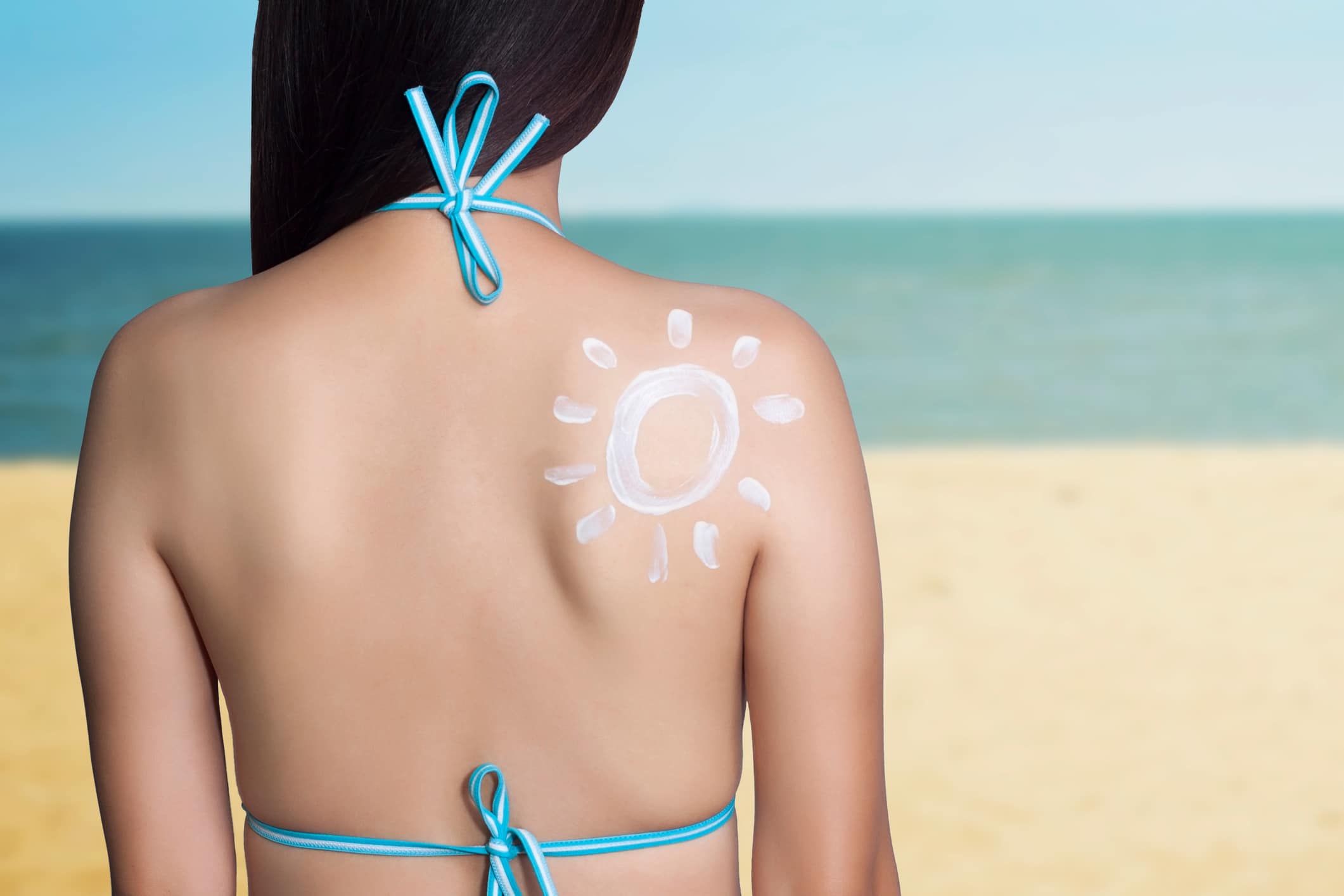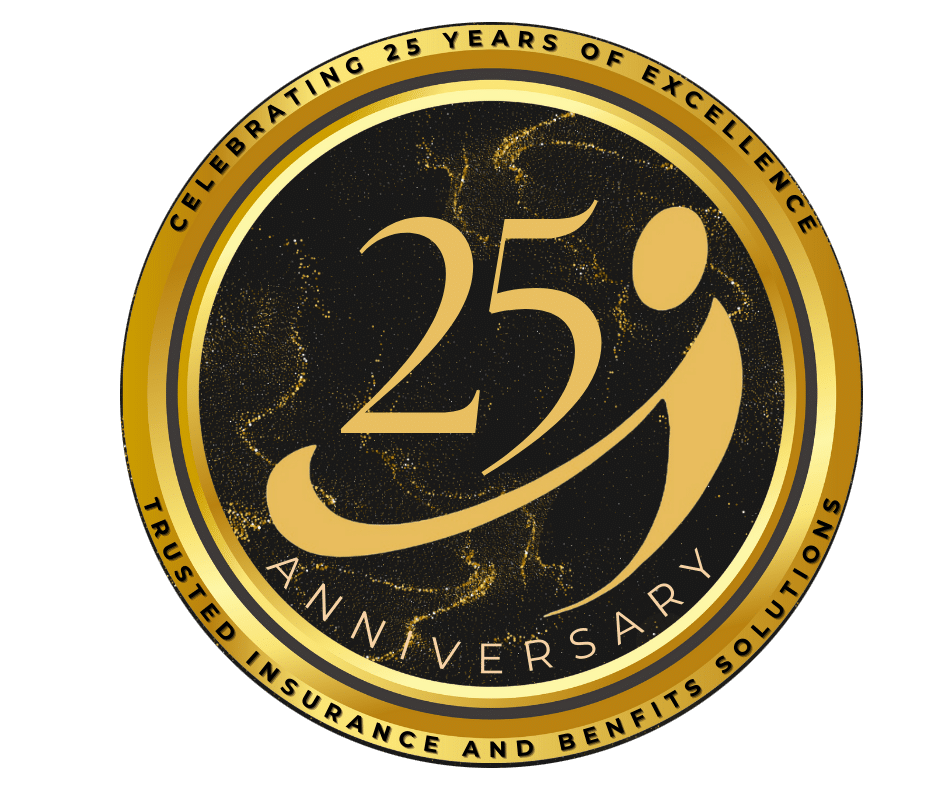We know that some of you are looking at this blog title and thinking we missed our mark. After all, September has just begun, and that means summer is coming to a close and everyone is already packing away their sunscreen. But maybe you shouldn’t be.
Sunscreen doesn’t protect you from the temperature; it protects your skin from the damage done by ultraviolet radiation (UV light). While it would be so much simpler if UV and temperature were linked, Canadians can actually be exposed to dangerous levels of UV radiation in the middle of winter as well. In fact, skiers and other winter athletes who spend all day outdoors often mistake red, chapped cheeks for frostbite when it’s actually a sunburn!
The easiest way to know if you should wear sunscreen today is just to lookup the UV index for your municipality online. The UV index is a linear scale which is very useful for individuals. What we mean by that is that it’s very easy for someone to figure out how quickly they’ll burn based off of past experiences. If you burned after 1 hour with a UV index of 3, you can assume you’ll burn in 30 minutes at a UV index of 6 (the sun is twice as strong, so you burn in half the time) and in 15 minutes at a UV index of 12.
A UV of 1 or 2 is low. Adults of all complexions should be fine, but you should still be cautious with infants and young children who burn easily. We find 3 is the cut off point. If you’re staying out less than 30 minutes, you should be fine. If you’re staying out for an hour or more, you should put on sunscreen if you burn easily. At ratings of 4 and above, it’s really hard to give general advice. We recommend avoiding sun during the peak UV hours of 11 AM – 4 PM and wearing a broad spectrum sunscreen that’s at least SPF 30, but what you really need is going to depend on your skin type. You may find wearing loose, light clothing with long sleeve, a broad hat, and pants is the only sure way to avoid a burn. You may be just fine without sunscreen as long as you avoid the peak hours. Talk with your doctor and use your knowledge of your past burns to make an informed decision.
When it comes to wearing sunscreen, it pays to remember that the temperature doesn’t tell you much about the UV index. In fact, bright, snowy conditions can actually increase the UV rating. So whether it’s winter or summer, check the rating before you go out, and choose a broad spectrum sunscreen that’s water resistant and at least SPF 30.













